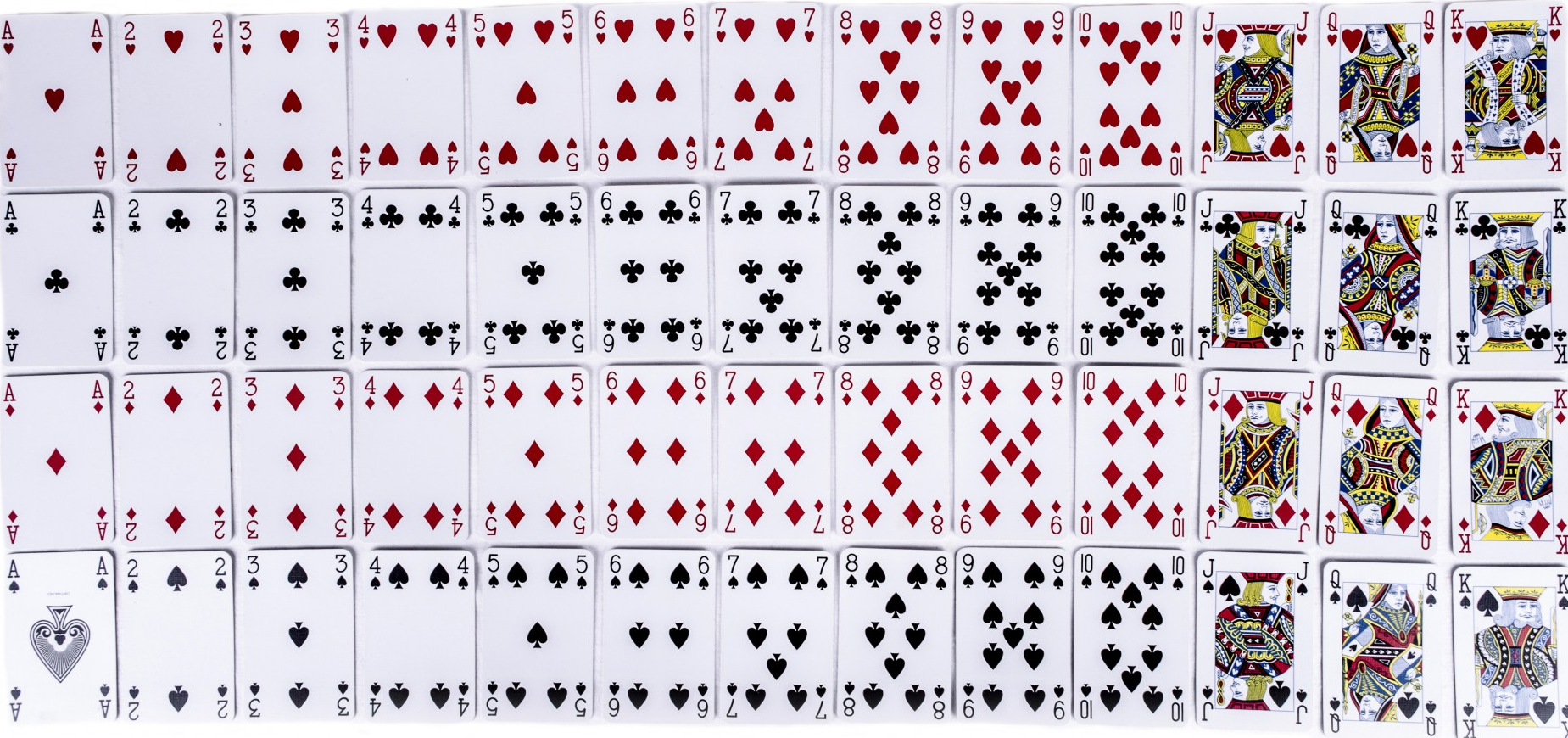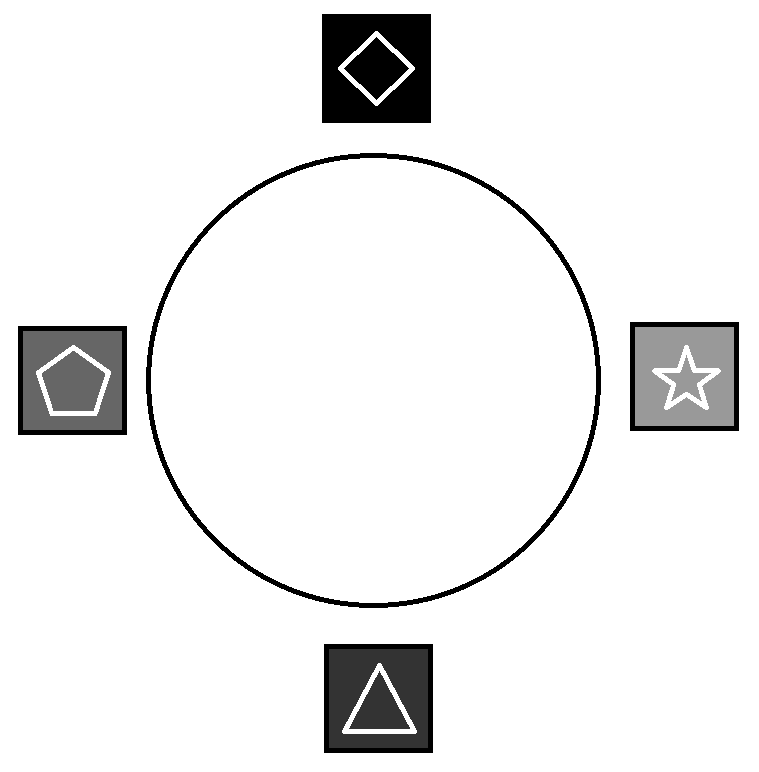2. Counting: Arithmetic Techniques
NOTICE: If you are enrolled in the CSC 230 course that I teach at SFSU, you need to use the “CSC230 version” of the book, which I will be updating throughout the semester. The version you are looking at now is the “public version” of the book that is only updated between semesters.
This chapter was last updated on February 2, 2025.
Contents locked until 11:59 p.m. Pacific Standard Time on May 23, 2025.
You probably learned how to count objects one by one when you were a child. You may have counted up to 5 on the fingers on one hand, or up to 10 on the fingers of two hands, or up to 20 on fingers and toes - that is, you paired the objects (fingers and/or toes) with number names to create a one-to-one correspondence. You may have counted all the way up to 100.
However, many problems in computer science or mathematics require you to count the number of elements in sets that contain millions of elements, or billions of elements, or even more elements, so counting one by one is inefficient or impossible. Starting with this chapter, and continuing later in the Set Theory and Counting: Permutations and Combinations chapters, you will study ways to quickly and efficiently count the number of elements of any set no matter the size of the set.
Key terms and concepts covered in this chapter:
-
Counting arguments
-
Sum Rule
-
Product Rule
-
Division Rule (also called the Rule Of Quotient)
-
Subtraction Rule (also called the Principle of Inclusion-Exclusion for two sets)
-
-
The pigeonhole principle
2.1. Some Foundational Counting Principles
Each of the four arithmetic operations corresponds to a rule we can use to count quickly.
2.1.1. The Sum Rule
The sum rule, also called the addition principle or the rule of sum, describes the number of possible choices of one element from a union of two sets that share no common elements (Such sets are called disjoint sets ).
This is called the sum rule for counting because it involves adding to find a total. The sum rule can also be extended to more than two sets, as long as every pair of the sets have no elements in common.
2.1.2. The Subtraction Rule
The subtraction rule describes the number of possible choices of one element from a union of two sets that do share one or more common elements.
The subtraction rule is a special case of the inclusion-exclusion principle that involves only two sets. The inclusion-exclusion principle is discussed in more detail in the Set Theory and Proofs: Mathematical Induction chapters.
Video Example
The following video example features Dr. Joshua Roberts, Associate Professor of Mathematics at Georgia Gwinnett College.
Notice that Dr. Roberts uses a Venn diagram to represent the sets in this video. Venn diagrams are covered in the Set Theory chapter of the Remix.
2.1.3. The Product Rule
The product rule, also called the multiplication principle or the rule of product, describes the number of possible choices of two successive elements where the first element comes from one set and the second from another set (which could be the same set as the first set).
To find the total number of outcomes for two or more successive events where both events must occur, multiply the number of outcomes for each event together. For instance, if you want to find the number of outcomes possible when you roll a die and toss a coin, you could use the product rule. It is important to note that the events must be independent, meaning one doesn’t effect the other.
Video Example
The following video example features Dr. Joshua Roberts, Associate Professor of Mathematics at Georgia Gwinnett College.
2.1.4. The Division Rule
This rule is used when there are \(n\) ways to complete a procedure, but each of those ways is equivalent to \(d\) ways (including the way itself.) That is, every possible outcome of the procedure can be done in \(d\) different ways
The next example uses both the product and division rules.
2.2. The Pigeonhole Principle
A suprising number of counting problems can be solved with the so-called pigeonhole principle.
Click here to see a photoshopped image that illustrates this principle.
2.3. Exercises
-
There are 67 mathematics majors and 124 computer science majors at a college. There is no student who is both a mathematics major and a computer science major.
-
In how many ways can two representatives be picked so that one is a mathematics major and one is a computer science major?
-
In how many ways can one representative be picked who is either a mathematics major or a computer science major?
-
-
A multiple-choice test contains 20 questions, and each question has four choices.
-
In how many ways can a student answer all of the questions on the test if each question must be answered?
-
In how many ways can a student answer all of the questions if the student is allowed to not answer one or more questions?
-
-
How many different three-letter initials, using uppercase English letters, are there?
-
How many different three-letter initials, using uppercase English letters, end with "R"?
-
How many bit strings are there of length five?
-
How many bit strings are there of length five that begin and end with 1?
-
How many bit strings are there of length less than \(n\), where \(n\) is a positive integer, that start and end with 1?
-
How many license plates can be made using three digits followed by four uppercase English letters if:
-
Digits and letters can be repeated?
-
Digits and letters cannot be repeated?
-
-
Each student in a Discrete Mathematics class is a mathematics major, a computer science major, or a double major in both mathematics and computer science. If the class has 5 mathematics majors (including double majors), 23 computer science majors (including double majors), and 7 double majors, how many students are in the class?
-
Suppose a computer system requires a password of length no less than 7 and no more than 10 characters, and each character must be an English lowercase letter, an English uppercase letter, a digit, or one of six special characters (*, >, <, !, +, =).
-
How many different passwords are available?
-
Suppose a hacker can check a potential password once every nanosecond (1 nanosecond is \(1 \times 10^{-9}\) seconds). How long will it take the hacker to check every potential password?
-
-
Suppose that there are 29 students in a class, all of whose last names use only English letters. Explain why at least 2 students in the class have last names that begin with the same letter.
-
Show that in any set of 5 integers, there are at least two of them that have the same remainder when divided by 4.
-
A bag contains 8 red balls and 7 blue balls.
-
How many balls must be chosen to be sure of choosing 3 of the same color?
-
How many must be chosen to be sure of choosing 3 red balls?
-
-
Someone cleaning out their attic finds a box containing 12 rock CDs and 12 country CDs. What is the minimum number of CDs they can take out to guarantee at least one of each type?
-
Give an argument that there are at least two people in California with the same number of hairs on their head.

